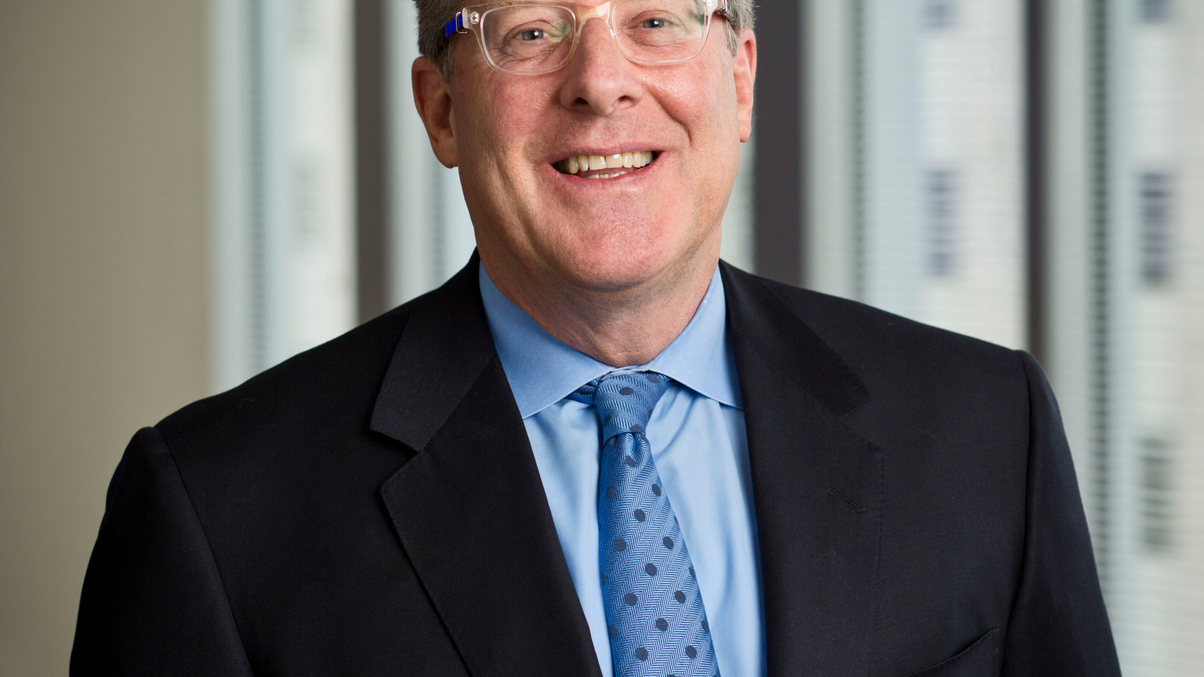Small institutions seen buying Asian PE FoFs
As the alternative fund-of-funds industry shrinks, Asian PE multi-managers should continue to see flows from small Western institutions. So says placement agent Monument Group, which is setting up a Japan office.

Asia-focused private equity fund-of-funds will in the near term remain the preferred route to gain PE exposure to the region, at least among smaller Western institutions, according to alternatives placement agent Monument Group.
Sign In to Your Account
Access Exclusive AsianInvestor Content!
Please sign in to your subscription to unlock full access to our premium AI resources.
Free Registration & 7-Day Trial
Register now to enjoy a 7-day free trial—no registration fees required. Click the link to get started.
Note: This free trial is a one-time offer.
¬ Haymarket Media Limited. All rights reserved.


